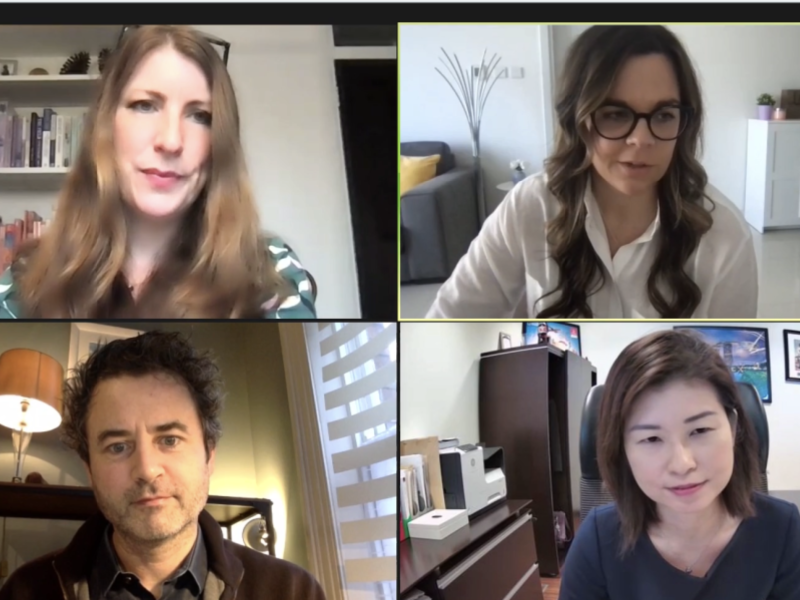Diana Marszalek 04 Mar 2021 // 3:59AM GMT

DUBAI — Data has helped companies make big strides in identifying reputational risks — but it is far from the only tool that should be used when it comes to deciding how to manage them, communicators say.
“Data is important, but it is not the be-all end-all,” said Valerie Tan, the Emirates Group’s VP of PR, social media and internal communications. “The dynamic between how you integrate that data, how do you use it, how you make a decision requires a human touch.”
Tan’s comment Wednesday was part of a panel discussion at PRovoke Media’s MENA Summit that focused on managing reputational threats in the new media ecosystem. NewsWhip CEO Paul Quigley and Kirsty O’Connor, Hill+Knowlton Strategies’ director of content, data + digital, METIA, also participated in the conversation, moderated by PRovoke Media's Maja Pawinska Sims.
Quigley laid the groundwork for the conversation by spelling out just what that new media ecosystem is, and its two key components: social media and the new narratives and movements that it gives rise to, sometimes to the detriment of companies.
In the new environment, anything from the spread of misinformation to an employee misstep can “land the company in reputational risk very quickly,” he said. “It’s very difficult for any brand to keep their reputation separate from activists and the political world,” he said.
Tan said that the “human touch” she noted is very much a necessary part of gleaning and assessing data, a process that starts with organizational leaders, including communicators, agreeing on where data is pulled from, and whether it can be trusted. And when that data identifies reputational risk, it’s also up to people to decide whether to respond to it and, if so, how.
“It helps us choose our battles,” Tan said, depending on factors like how big a risk an organization faces and whether it’s germane to the company. “You can’t fight everything. You can’t respond to everything. You don’t have to respond to everything.”
O’Connor agreed, noting that the proliferation of data, and the speed at which information travels, can cause “brands and governments to jump too quickly because they panic,” rather than let minimal risks resolve on their own.
“There is so much noise on the internet that you do have to zone in and zone out, choose your battles and where to place your battles as well,” she said. “When the noise is becoming a movement, you fight on.”



































.jpg)


















